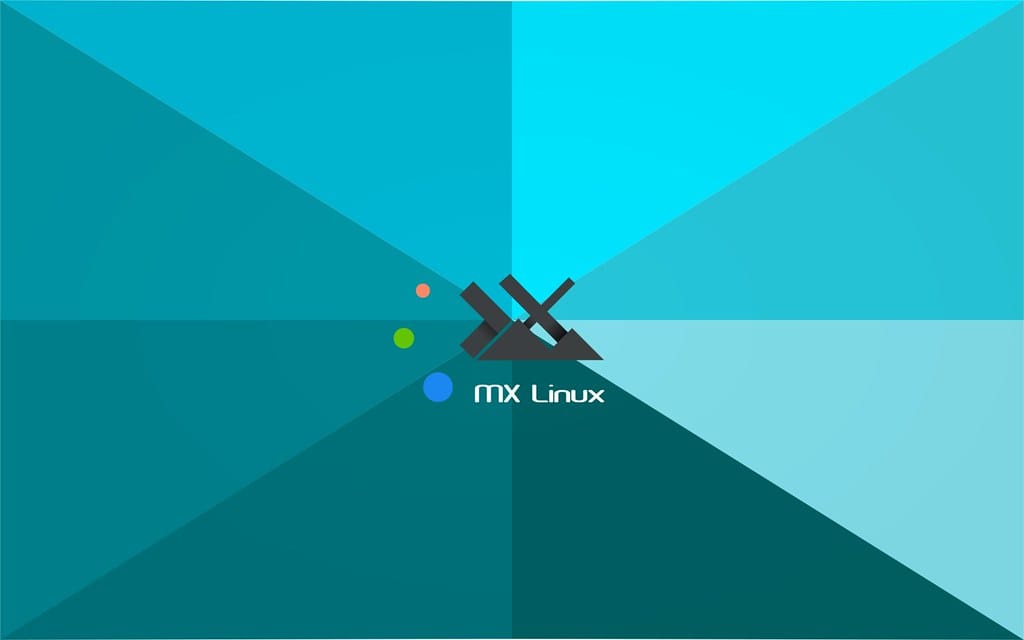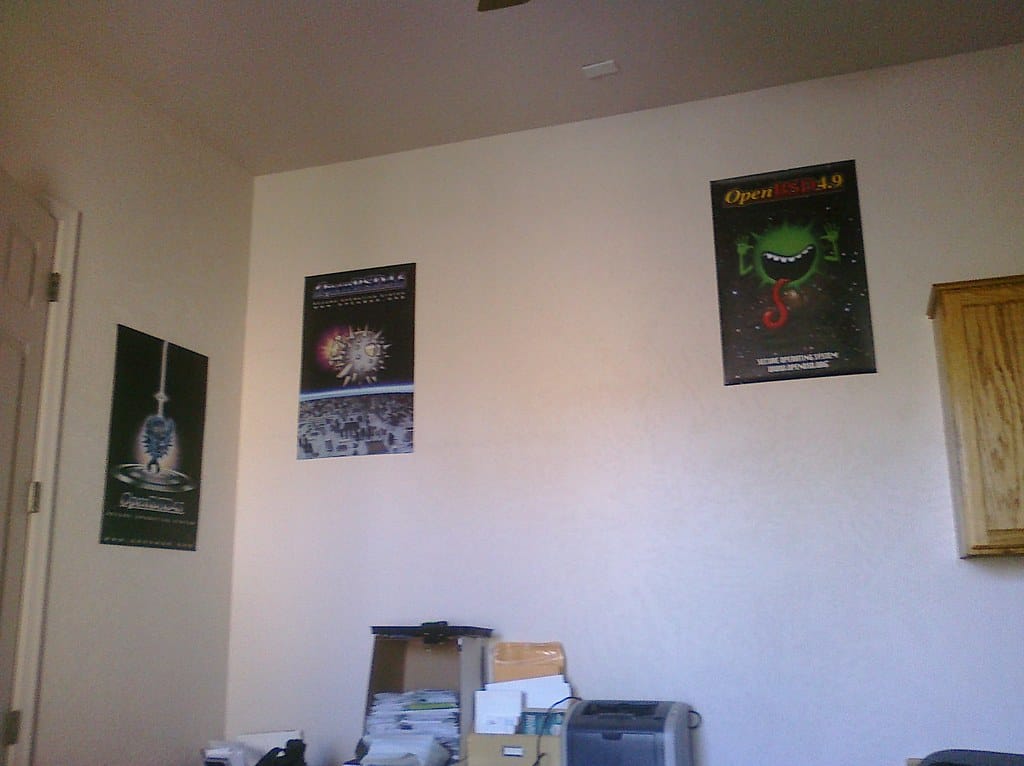KDE Plasma 6.3 Delivers Long-Awaited Rounded Window Corners, Closing Gap with Modern Desktop Aesthetics
After years of user requests and development discussions, KDE Plasma 6.3 has finally introduced rounded bottom window corners, completing a visual transformation that brings the open-source desktop environment in line with modern design trends embraced by macOS, Windows 11, and popular Linux distributions.
The update, released as part of the December 2024 cycle, addresses one of the most frequently requested visual enhancements in the KDE community, where users have long advocated for consistent window corner rounding to match contemporary interface design principles.
The Journey to Complete Corner Rounding
KDE Plasma has supported rounded top corners for several years, but the bottom corners remained stubbornly squared, creating an inconsistent visual experience that many users found jarring. This partial implementation stemmed from technical complexities in the underlying window management system and compatibility concerns with various applications.
The development team faced significant challenges in implementing bottom corner rounding without breaking functionality across different window types, dialog boxes, and third-party applications. Previous attempts resulted in rendering issues, particularly with applications that drew content close to window edges or used custom drawing routines.
Technical Implementation and Performance Impact
The new rounded corner system utilizes improved compositing techniques that minimize performance overhead while maintaining visual consistency. According to KDE developer feedback, the implementation leverages modern graphics acceleration features available in contemporary Linux graphics stacks, including improved support for hardware-accelerated window effects.
Performance testing conducted by the development team shows negligible impact on system resources, with rounded corners adding less than 1% CPU overhead during typical desktop usage scenarios. This efficiency stems from optimized rendering pipelines that cache corner masks and reuse them across similar window geometries.
User Experience and Visual Cohesion
The addition of rounded bottom corners creates a more polished, cohesive desktop experience that aligns with user expectations shaped by modern operating systems. Early user feedback from the beta testing period indicates overwhelming positive reception, with many long-time KDE users describing the change as "finally feeling complete."
The visual improvement extends beyond mere aesthetics, contributing to better visual hierarchy and reduced visual fatigue during extended desktop sessions. Interface designers note that consistent corner rounding helps create clearer visual boundaries between overlapping windows and reduces harsh edges that can strain users' eyes.
Compatibility and Customization Options
KDE Plasma 6.3 maintains its reputation for extensive customization by offering granular control over corner rounding behavior. Users can adjust corner radius values, disable rounding for specific window types, or revert to the previous squared corner appearance through the system settings interface.
The implementation includes intelligent compatibility handling for applications that require precise pixel-level drawing at window edges, such as image editors and CAD software. In these cases, the system can automatically disable corner rounding to prevent visual artifacts or functional issues.
Industry Context and Competitive Positioning
This enhancement positions KDE Plasma more competitively against other desktop environments that have already embraced comprehensive rounded corner implementations. GNOME Shell has featured rounded corners since version 3.32, while elementary OS and other distributions have made rounded interfaces a signature visual element.
The timing coincides with broader industry trends toward softer, more approachable interface designs, as evidenced by Microsoft's Windows 11 visual overhaul and Apple's continued refinement of rounded interface elements across its ecosystem.
Looking Forward: The Polish Phase
The rounded corner implementation represents part of KDE's broader "polish phase," focusing on visual refinement and user experience improvements rather than major feature additions. This approach reflects the desktop environment's maturity and the development team's recognition that small visual details significantly impact overall user satisfaction.
Conclusion
KDE Plasma 6.3's introduction of rounded bottom window corners marks the completion of a long-requested visual enhancement that brings the desktop environment fully into the modern design era. While seemingly minor, this change represents the kind of attention to detail that transforms good software into great user experiences.
For KDE users, the update delivers a more visually cohesive desktop that finally matches the polish level of competing platforms while maintaining the flexibility and customization options that define the KDE philosophy. As desktop Linux continues evolving toward mainstream adoption, these refinements help eliminate the visual inconsistencies that once distinguished open-source interfaces from their commercial counterparts.

